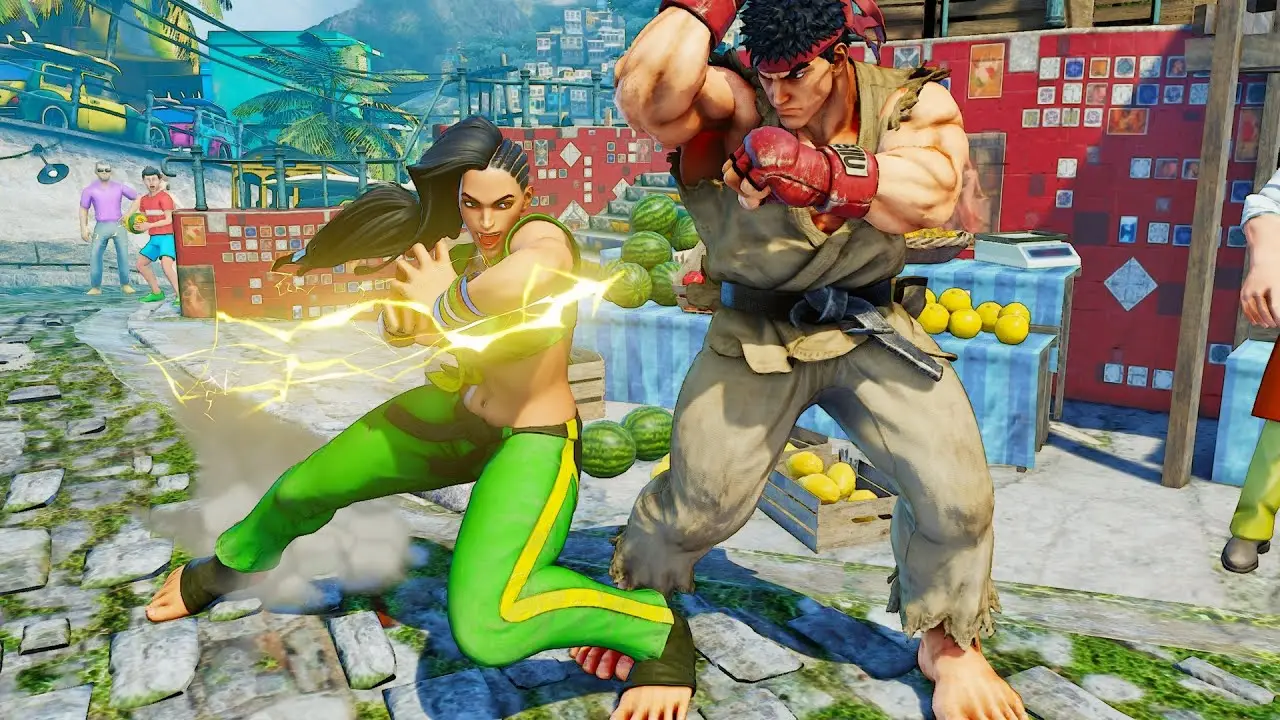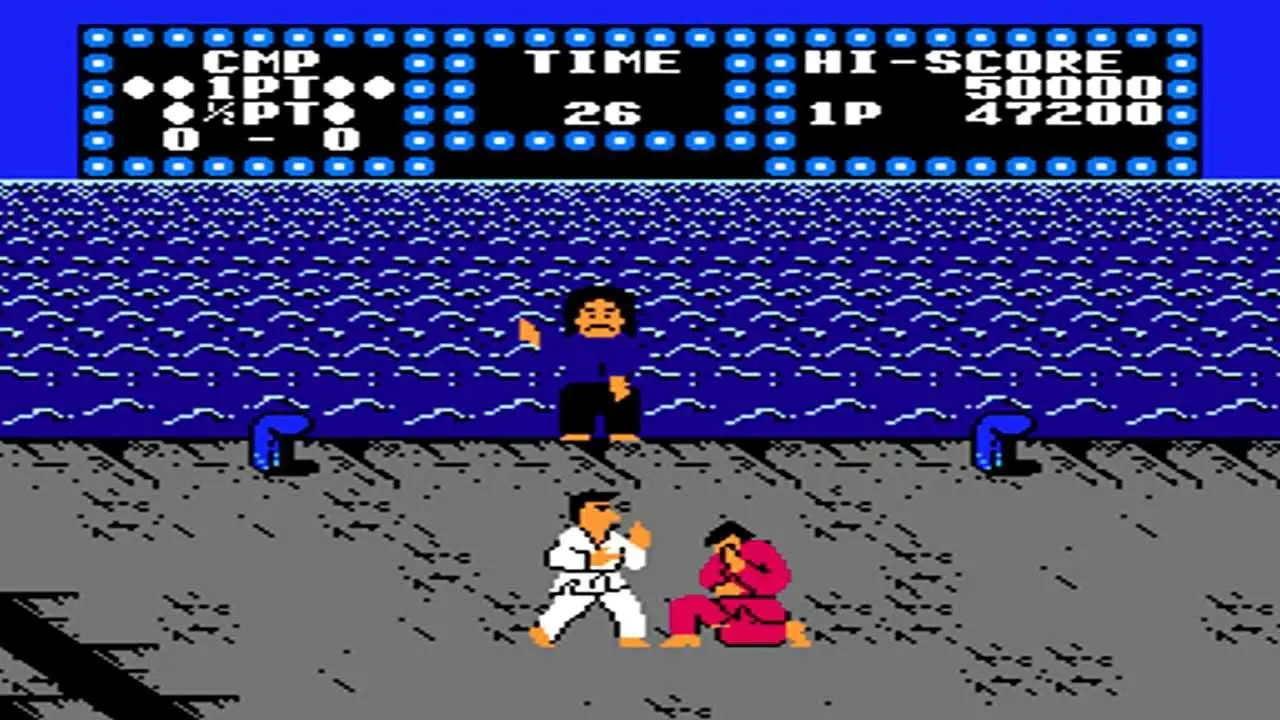In a world where every shot determines the fate of the team, hero classes in Marvel Rivals cease to be a formality – they become a cornerstone of winning tactics. The team shooter breaks the usual genre boundaries, turning the choice of a character into a strategic game with dozens of variables. Not just a set of numbers, but a functional link that affects the overall chemistry of the battle.
Class Architecture in Marvel Rivals
The hero classes in Marvel Rivals build not just balance, but a combat ecosystem where each archetype is responsible for a specific pressure vector. Dozens of hours of testing, hundreds of matches, and thousands of decisive micro-moments show: playing for the result is impossible without the right role.

The classification includes 4 fundamental directions:
- Defender – takes the fight on themselves, absorbs damage, diverts focus.
- Duelist – works up close, eliminates threats, acts on the front line.
- Support – heals, strengthens, ensures survival.
- Strategist – controls the field, manages terrain, disrupts the enemy’s rhythm.
Each type has special mechanics, skills, and playstyle. The right combination of roles allows the team to cover blind spots and dominate at any point on the map.
Defenders: shields with personality
Marvel Rivals hero classes would not be complete without the fundamental support of the team. Defenders dampen damage, block directions, and hold the flank without a chance of breakthrough. A tank is not just armor, but the brain at the front line.
Hulk. A character with the highest body density in the game. Abilities are based on aggression: a powerful leap with stunning, a shockwave, and health regeneration from absorbed damage. At maximum level, Hulk withstands over 6500 units of damage, covering entire corridors.
Captain America also plays the role of a defender, but with a focus on control. The shield, returning like a boomerang, knocks down opponents, and an energy barricade blocks passages. Suitable for holding key points and diverting attention.
The hero classes in Marvel Rivals create variability: one defender is suitable for direct pressure, another – for controlling the terrain.
Duelists: close combat with no room for error
The team shooter Marvel offers close combat as an art. Duelists create a threat that cannot be ignored. They infiltrate the rear, focus on snipers, and pressure weak links.
Black Panther – an example of aggressive mobility. High jumps, a series of quick attacks, and temporary invulnerability when dodging. In practice, eliminates support in 1.8 seconds without a chance for reaction.
Wolverine operates on a similar scheme: bleeding, regeneration, a series of claws. The feature is ignoring shields and control effects. Ideal against defenders and those hiding behind cover.
The hero classes in Marvel Rivals allow for building entire duels within team battles, where each kill destabilizes the enemy’s formation.
Support: healing as a winning currency
The free shooter Marvel integrates a full support role into gameplay. Healing and buffs are no longer secondary. A team without support loses pace, is vulnerable to prolonged battles, and cannot build an advantage.
Doctor Strange – not just a medic. He generates shields, revives allies from knockdown, uses temporal portals. In battle, he controls not only health but also positions. Effective in defending a point or changing the direction of attack.
Scarlet Witch – a different philosophy. She does not heal directly but prevents damage. The chaos cloud reduces enemy damage by 30%, imposes hindrances on accuracy and speed. Uses healing as a tactical tool, not just a reaction to HP loss.
The hero classes in Marvel Rivals develop support into the role of a battle conductor, where one support mistake costs more than the frontline falling.
Strategists: control without involvement
Specialists who change the battlefield landscape itself. Strategists control space, dictate the pace, and turn the map into a chessboard.
Thor uses lightning not only for damage but also to create zones where the enemy loses the advantage. Strikes cause stun and disrupt clustering. Successful application gives +20% to zone control.
Venom turns the battlefield into a contamination zone. His abilities block routes, weaken opponents, slow down skill cooldowns. Effective in restraining advances and defending points.
The hero classes in Marvel Rivals in the strategic block focus on micro-control and smart map reading. One skilled strategist turns an unfavorable situation into triumph.
Universal: hybrids for any plan
Some characters do not fit into rigid frameworks. They play on multiple levels, act pinpointedly, create advantages through initiative.
Spider-Man acts as a scout, catches individual targets, and disorients. Web traps, quick cooldowns, and the ability to move enemies from position – an ideal tool for mobile teams.
Black Widow uses camouflage, turret hacking, poisoning. Suitable for stealth attacks, eliminating support, reconnaissance. Plays on the edges of battle, disrupting the opponent team’s communication.
The hero classes in Marvel Rivals allow for forming setups for any strategy – from frontal attacks to seizing initiative through destructive maneuvers.
How to Play: Tips for Team Composition
The team wins not by the amount of damage but by synergy. An optimal lineup includes:

- One defender – for holding positions.
- One duelist – for close pressure.
- One strategist – for map control.
- One support – for survivability.
- Fifth – a universal, adapting to the situation.
The choice is not based on sympathy for the character but for the specific map and opponents‘ style. Excessive focus on damage leads to loss of control, and an excess of support leads to slow gameplay.
Choose your hero class in Marvel Rivals and move towards victories!
The hero classes in Marvel Rivals define everything – from the first shot to the final point capture. The team shooter reveals the potential of each character through precise tuning of abilities and roles. Without understanding the role, it is impossible to win even with superiority in shooting. Each hero is a part of the construction, where one wrong link destroys everything.
 de
de  ru
ru  ar
ar  es
es  nl
nl  hi
hi  en
en  fr
fr  it
it  pt
pt  el
el 










